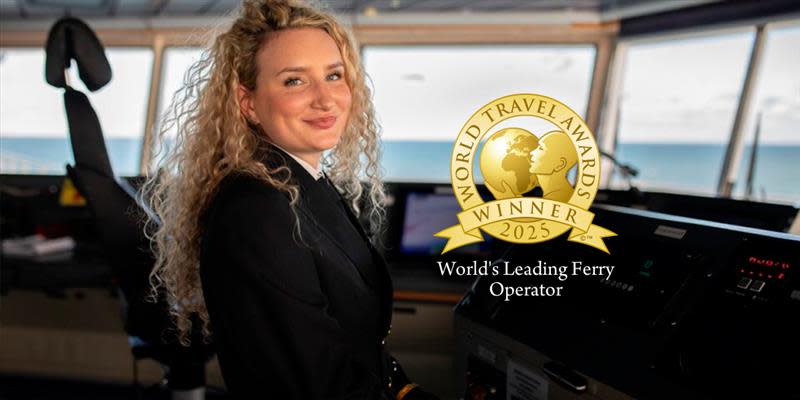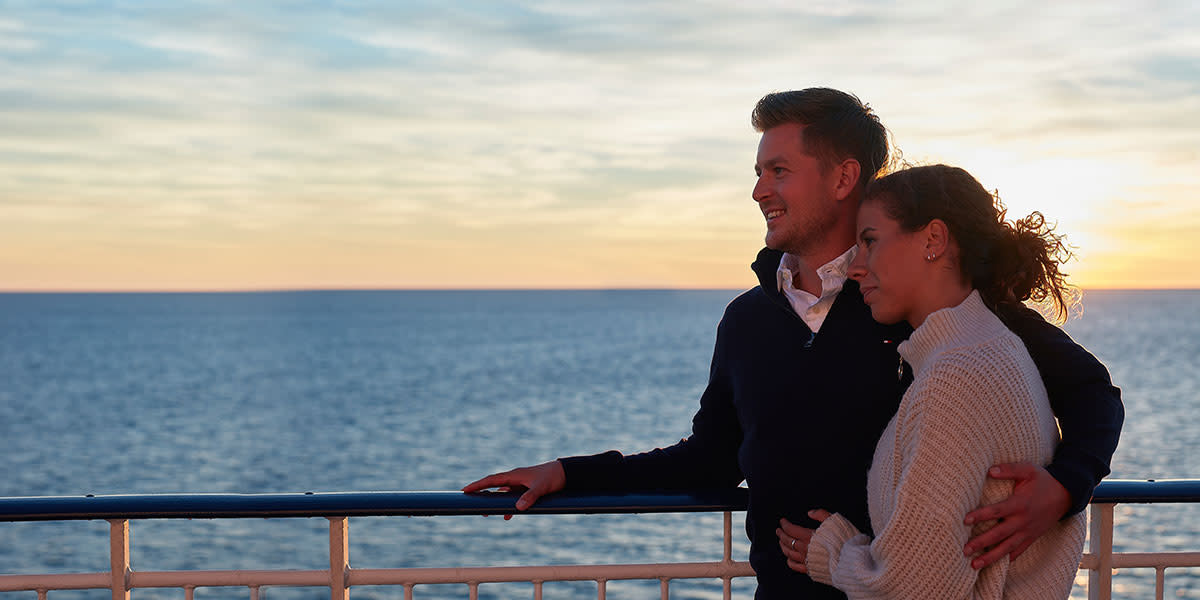
Ferry transportation history
People, cargo and even souls have been traveling on ferries for a long time
Approximately 2.1 billion passengers a year and 282 million vehicles are transported by ferries. According to Eurostat data, the use of ferries in Lithuania increased by almost 9 percent since 2015. Despite the fact that ferries are a widely used sea vehicle, many are unaware of what is going on inside them, how people work there.
"Maritime transport has always been a very important means of transporting people and goods, which in many cultures has had not only practical but also symbolic significance. The earliest mentions of the ferry term was found in Greek mythology, in which the ferryman Charon lifted the souls of the dead across the Stiks River, ”says Vaidas Klumbys, Communications Manager for the Baltic States, DFDS, Europe's leading ferry operator.
From the raft to the modern ferry
According to Vaidas Klumbis, ferries used to be called the simplest rafts that people used to move across wide rivers, to transport food or things. Today, we imagine ferries a little differently: they are large ships with powerful engines that can carry hundreds of people, trucks, wagons and other wheeled machinery. Now that people, cargo and environmental requirements are becoming increasingly important, it is vital to ensure high quality standards, from ship design, construction, repair to ship management. Technical condition, machinery, life-saving and fire-fighting, electrical, navigational and communications equipment of the ship shall be regularly maintained and inspected in accordance with international, national, ship classification society and company procedures and rules. This is the day-to-day work of the ship's crew, safety and quality management and technical superintendent services.
According to Vaidas Klumbis, it is very important for DFDS that passengers and freight customers feel safe and comfortable on the ferry. "Such a large company, more than 150 years old, like DFDS can boast of its large fleet," says V. Klumbys. The communication manager points out that the largest DFDS ferry registered in Lithuania is 210 m long, 26 m wide and 35 m high: “To make it easier to imagine and try to understand what a 35 m high ferry looks like, we can compare it to 11–12 storey house. Our ferries can sail at a speed of 23.5 knots or 44 km per hour. This speed is achieved by the ship's two main engines, which together have a capacity equal to 30,000 horsepower or 60,000 pony power. "
The journey begins with preparation
When the first ferry lines from Lithuania to Germany were opened, food was included in the ticket prices. Much of the food served to passengers at the time was non-perishable for a long time. Over time, attitudes toward food changed - delicious lunches or dinners became a pleasure while sailing. In order for this entertainment to be provided smoothly to every sailing passenger, it is necessary to take care of a huge amount of food, store it properly and prepare it.
According to the DFDS representative, in order to ensure the wishes of DFDS ferry passengers, their eating habits and needs are taken into account, and meals are carefully planned before each trip. This is taken care of by the on-board catering manager and the Celtic chefs, who review and assess how much and what food must be ordered, which is not an easy task as the quantity and consumption of products per year have to be calculated in tonnes. In addition, food delivered to ships must meet the highest quality standards. "Passengers eat more than 197 tons of fruits, berries, mushrooms and vegetables, 113 tons of meat, 51 tons of bread and its products, 27 tons of fish, 25 tons of eggs and their products in DFDS ferries in the Baltic Sea alone. In addition, it is important to keep in mind drinks: ferries drink more than 79 tons of water, 72 tons of milk and its products, 26 tons of fruit water per year. So we start the preparation of our travels with a responsible and careful ordering of food and drinks, ”says DFDS communication manager.
It goes without saying that ordering many products alone is not enough. The food served on the ferries must leave the best possible impression, and a cozy dinner in the restaurant will turn into a pleasant moment, entertainment. "From now on, in DFDS ferry restaurants, travellers can enjoy the dishes created by one of the best Lithuanian chefs David Praspaliauskas, inspired by the history and culture of the Baltic Sea region," says V. Klumbys.
The order on the ferries is very important
The ferry service crews usually work on a "month at sea" schedule, in other words, they work at sea for six months a year and rest on shore for six months. According to V. Klumbis, DFDS ferries from Lithuania sail every day, therefore in one month the ferry crew "crosses" the route Lithuania-Germany-Lithuania or Lithuania-Sweden-Lithuania on average 14 times.
At sea, order is very important - it has a direct bearing on people's lives. DFDS crews have weekly exercises to support and reinforce firefighting, passenger rescue, and other skills. Regardless of whether the employee works in a restaurant or on the captain's bridge, everyone must take special courses before working on the ferry, during which they receive theoretical and practical preparation not only for the above-mentioned firefighting or rescue operations, but also for first aid, passenger management, how to deal with terrorism - related situations, etc.
Each crew member has clearly defined responsibilities. Here, the responsibility for the order of the ship's cabins and public spaces rests with the staff in charge of the rooms and public spaces, who employ an average of 3 people per ferry, but other crew members also help to manage the cabins while the ship is parked. DFDS crews lay more than 260,000 passenger beds a year.
Surprises have gone down in history
Many famous politicians, public figures, athletes and famous stars of the entertainment world have travelled on the DFDS routes from Klaipeda to the German ports of Kiel and Karlshamn in Sweden. However, according to Vaidas Klumbys, one particular trip is especially memorable.
A DFDS spokesman remembers 2020, July 25th voyage, in which a girl was born on the ferry for the first time in DFDS history. “The birth of this girl went down in DFDS history. The arrival of the baby in this world will definitely remain in the memory of our team for a long time. It is fun to remember not only this beautiful and bright event, but also the prompt reaction of our crew, which allowed us to ensure not only a safe birth, but also the rest of the journey, ”says V. Klumbys.
Our routes

Proudly named the World’s Leading Ferry Operator
We did it! We retained our titles as both Europe’s Leading Ferry Operator and the World’s Leading Ferry Operator again in 2025.
We were also once again recognised as having the best website in our industry – scooping both the European and World awards in 2025.
A heartfelt thank you to everyone who voted, and to our passengers, colleagues and partners who contribute to our continued success – we couldn’t do it without you all.



